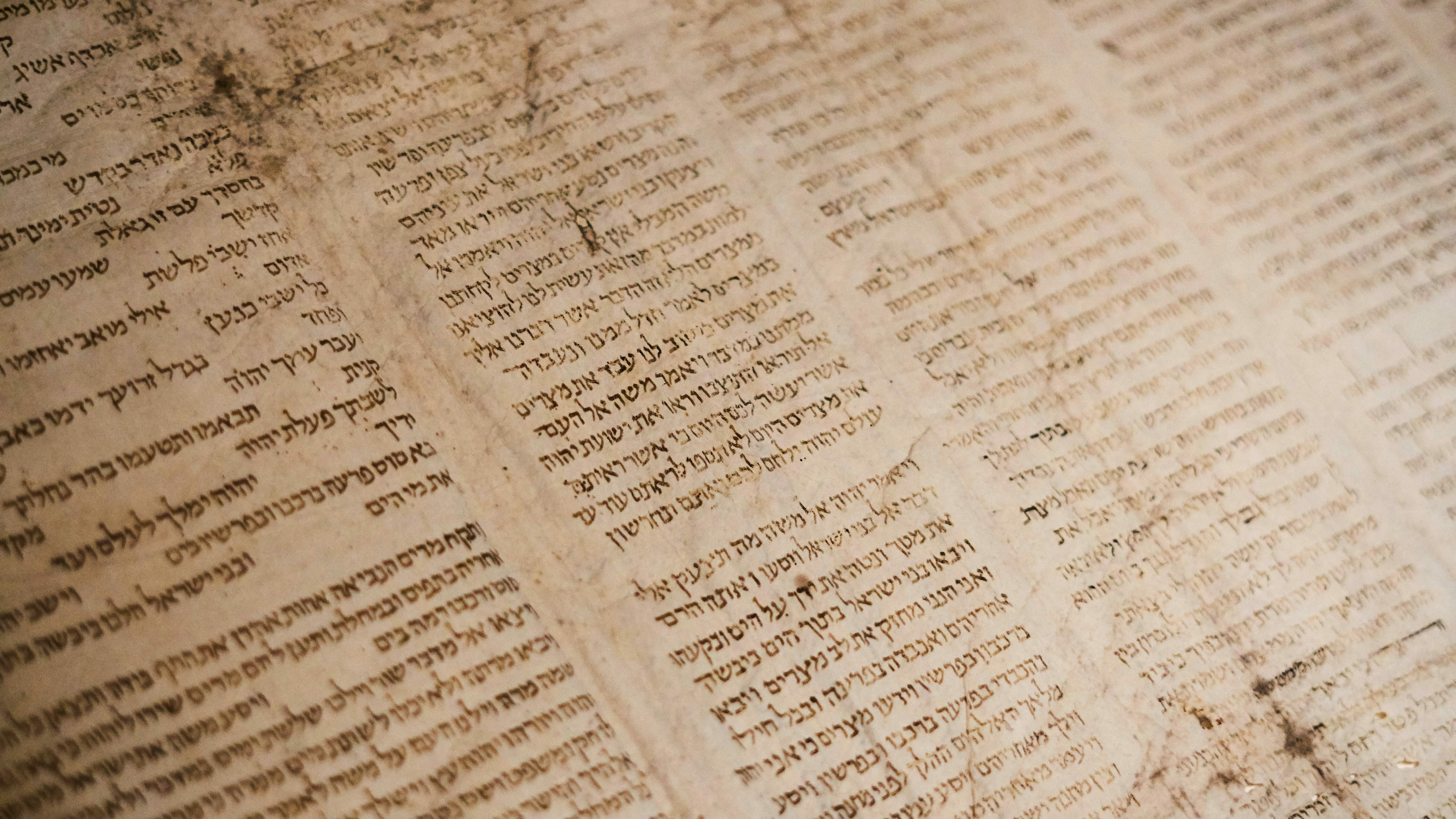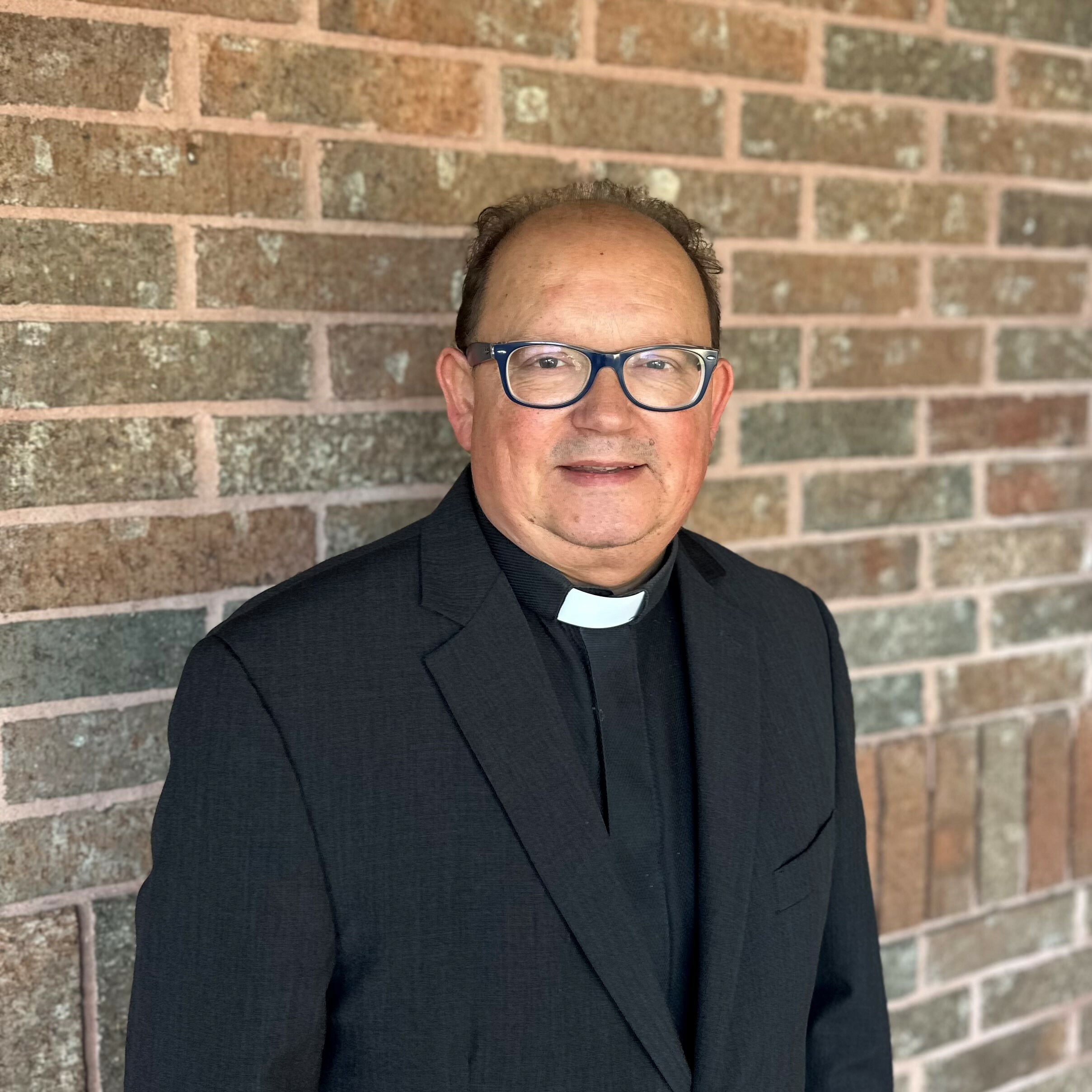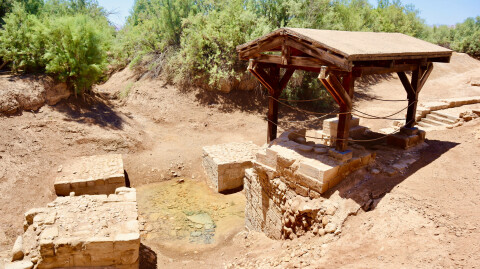TLDR: The Apostolic Age ended in the year 100 C.E. with the death of the Apostle John. By then, we had approximately one million Christians around the known world of the day. This blog explores the rapid growth of the Church after the resurrection of Jesus. Read on for more.
Most historians believe that the resurrection of Jesus occurred in the year 29 or 30 C.E. According to the writings of Paul and, later on, the gospels, the risen Christ appeared to Mary Magdalene, the eleven apostles, two disciples on the road to Emmaus, Peter and James, and a large group of 500 people. These apparitions fueled the faith of the early Jewish sect known as “the Way” and led to many conversions in Jerusalem. Acts of the Apostles makes it clear that Christ himself mandated his church to remain in Jerusalem until the coming of the Holy Spirit, after which they were to preach the good news in Judea, Samaria, and to the ends of the world.
Many experts believe that during these early days the movement was an Apocalyptic Jewish Sect. Apocalypticism was well-known during the inter-Testamental period, a time in which many people believed the end of the world was near, which was often associated with natural disasters, and political, social, and religious unrest. The ideology emphasized an element of judgement of the world for religious violations and failure to obey God’s commands. It preached the ultimate vindication of those who suffer and are victims of evil. Specific themes of apocalypticism were the judgement of evil on earth, the arrival of a kingdom of peace, the total vindication of the faithful, and the absolute dominion of God over creation. As an Apocalyptic sect, the early believers “lived together and had all things in common; they would sell their possessions and goods and distribute the proceeds to all, as any had need. Day by day, as they spent much time together in the temple, they broke bread at home and ate their food with glad and generous hearts, praising God and having the goodwill of all the people.” (Acts 1:44-47).
This life in community necessitated the naming of the first seven deacons to help in the care of the widows of the church. Soon, the movement grew in numbers and spread throughout various regions. This was aided by several factors: 1. Stephen, one of the seven Deacons, was martyred in the year 34 AD, in what became a targeted persecution of believers in Jerusalem. Many Christians left the city and settled in other parts of the Holy Land and the Near Middle East, bringing their newly found faith with them, “Now those who were scattered went from place to place proclaiming the word” (Acts 8:4). 2. Philip, one of these deacons, went to Samaria and began to preach the Gospel, finding great success. When the church of Jerusalem heard of the explosive growth of this congregation, they sent Peter and John to investigate, leading to the official recognition of the new congregation through the imposition of hands and the invocation of the Holy Spirit. (Acts 8:14-17).
- Saul of Tarsus, who had been an early persecutor of the church, meets the risen Christ on his way to Damascus in A. D. 36. After a few years of learning from the disciples of Christ, he relocates back to Tarsus, until he is called back into the mission field almost ten years later. 4. The Apostle Peter befriends a centurion Gentile of the Italian cohort and baptizes him and his entire household in the city of Joppa (Acts 10:34-48). Through Cornelius, the Gospel is introduced to the Gentiles, opening the doors of the movement to non-Judeans. By the end of the first century, the majority of the growth in the Church happened within Gentile territories. 5. The dispersion that happened after the death of Stephen, also led disciples as far away as Phoenicia, Cyprus, and Antioch (Acts 11:19-20). They created assemblies that were mixed congregations of Judeans and Gentiles, which began to grow in great numbers. Just as it happened in Samaria, “when news of this growth (in Antioch) came to the ears of the Church in Jerusalem, they sent Barnabas to Antioch” to investigate (Acts, 11:22).
- In the year 46 A.D, Barnabas realized that the church in Antioch needed additional leadership, so he went back to Tarsus to find Saul. He convinced Saul (Later known as Paul) to return with him to minister in Antioch. “So it was that for an entire year they met with the church and taught a great many people, and it was in Antioch that the disciples were first called ‘Christians.’” (Acts 11:25b). 7. After about a year in Antioch, both Paul and Barnabas were commissioned as missionaries by the church and sent on their first missionary journey to the isle of Cyprus and Asia minor (Lycia, Antioch Pisidia, Iconium, and Derbe). This journey added many converts in the Gentile territories of Asia minor. (Acts 13:4-14:26). 8. In the year 49, following some conflicts between Jews and the disciples of Jesus in Rome, the Emperor Claudius expelled all Jews (which included followers of “the Way”) out of the city of Rome. This act helps the Christian movement because Paul finds many of these people during his missionary journeys, and they assist greatly in his ministry, as in the case of Priscilla and Aquilla.
- Between A.D. 49-52, Paul and his team engaged in a longer second missionary journey that first brought the Gospel into the European continent. It was during this journey that the influential churches of Corinth, Thessalonica, and Philippi (among others) were planted. By now, just twenty years after Jesus’ resurrection, Christianity was growing in the Middle East, parts of Asia Minor, and in the provinces of Achaia and Macedonia in Greece. (Acts 15:36-18:22).
- By A.D. 52, Paul had already written 1 and 2 Thessalonians (49 and 52 A.D.) the first two books of the New Testament era. This is an important milestone in the growth of Christianity because now the new congregations had Apostolic doctrine that could answer the various theological questions that were beginning to arise. 11. By the Spring of A.D. 52, Paul's third missionary journey brought the Gospel to Syria, Galatia, Phrygia, and Ephesus (Acts 18:23 - 21:17). 12. By 60 A.D. Paul had written the influential letters of 1 and 2 Corinthians (A.D. 56), Galatians (A.D. 57), and Romans (A.D. 58). After spending two years in prison in Caesarea, Paul requests that his case be heard by the emperor in Rome, giving him the opportunity to be on house arrest in Rome from A.D. 61-62 from where he wrote the rest of his letters. He was also allowed to preach the Gospel, leading to the conversion of many in the Empire’s capitol.
- After the death of Paul and Peter in A.D. 68, the Judean revolt in Palestine caused the complete destruction of the Temple and the killing of thousands by the Roman empire (A. D. 70). These caused the rest of the Apostles and early disciples who were still alive to escape to various areas of the known world. Soon, Jerusalem went from being the center of the movement to one of five distinct centers of Christianity: Jerusalem, Antioch, the area later to be called “Constantinople”, Alexandria, and Rome. Of these, Rome, Antioch, Alexandria, and Jerusalem were the oldest apostolic sees, but Constantinople rose in power after the conversion of Constantine in 311 A.D. According to tradition, each one of these centers is associated with one or more Apostles who established their ministry in that region after the destruction of the Temple (Rome was founded by the apostle Peter, Antioch by Peter as well, Alexandria by Mark, Constantinople by Andrew, and Jerusalem by James). During this era, the ties of many Christian congregations to the Temple was finally broken. This independence from Judaism had started several decades before, but it is only finally established with the destruction of the Temple. 14. The year A.D. 70 marks an important milestone for the movement: The writing of the first Christian gospel. Many of the stories in Mark had been preserved through oral tradition, but now that these stories had been written, the manuscript was quickly copied and sent to other churches, becoming wildly popular. Not only did the young churches have now access to the writings of Paul, now they had access to events associated with the life, teachings, and miracles of Jesus.
- The decades from A.D. 80 to A.D. 90 saw explosive growth and the early development of a church hierarchy in the five centers or Apostolic Sees. The Gospels of Matthew and Luke were written during this time. We now have the slow development of the Apostolic Episcopacy, or the idea that Bishops share in the call to leadership conferred to the Apostles by Christ. By the end of the first century, we see this post-apostolic generation of leaders begin to lead the various centers of Christianity of the day: Clement of Rome (died in A.D. 99), Ignatius of Antioch (A.D. 98-117), Polycarp of Smyrna (A.D. 69-155), etc. Soon the idea of Episcopal Supremacy (The churches need to be led by Bishops) emerged. By the turn of the first century, we now have Bishops in charge of each of the five centers of Christianity. These were called Patriarchs, and they seemed to share equally in the governance of the church. The name Patriarch in Italian is the famous word “papa” from where we get the word Pope. In a way, we had five early popes in charge of the five major areas of Christianity. Eventually, Rome began to ascend in importance and its Patriarch became the recognized leader of the worldwide Church, but he was not the only recognized leader until the break of the East from the West in the high Middle Ages.
- The Apostolic Age comes to an end with the death of the Apostle John in A.D. 100. Prior to his death, John wrote his influential Gospel and the book of Revelation, bringing the New Testament age to a close. The challenge for the next century will be a theological one, more than a foundational (organizational) one. With hundreds of thousands of new converts, many diverging theologies emerged about God, Christ, the role of the Holy Spirit, the resurrection, etc. This challenge called for the gathering of bishops at various councils to solve these problems, until the conversion of the Emperor Constantine led to a new direction in the history of the church. More about this at some point.
May our Lord continue to bless you,
Fr. Roman+





